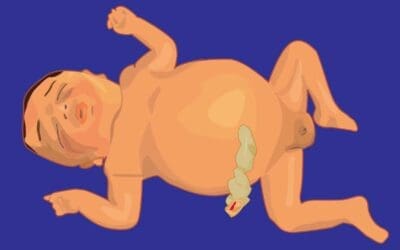Introduction
The Erythrocyte Sedimentation Rate (ESR) test, also known as the sed rate or Westergren test, is a non-specific blood test that measures the rate at which red blood cells (RBCs) settle at the bottom of a tube. It is a simple and inexpensive test that can provide valuable information about the presence or absence of inflammation in the body. The erythrocyte sedimentation rate (ESR) was first proposed by Fahraeus in 1918 and then described in detail by Westergren in 1920 which the tubes are named after. As this method poses a high biohazard risk due to the process of filling up the Westergren tube with blood, modern equipment using fully and semi-automated machines have been introduced.
Principle of ESR
ESR measures the sedimentation rate or the length red blood cells fall in a vertical tube over a period of time. The principle of the ESR test is based on the differences in densities of plasma proteins and RBCs. Since RBCs are denser than plasma proteins, they tend to settle at the bottom if kept at rest in a tube while the plasma collects above the RBC aggregate as supernatant. However, in the presence of inflammation, the levels of plasma proteins, particularly fibrinogen, increase. Fibrinogen is a protein that plays a key role in blood clotting. When fibrinogen levels are high, it causes RBCs to aggregate together, forming rouleaux. Rouleaux are elongated stacks of RBCs that settle more quickly than individual RBCs.
The ESR test is performed by filling a special Westergren tube with blood and then standing the tube upright. The time it takes for the RBCs to settle to the bottom of the tube is measured in millimeters per hour (mm/hr). An elevated ESR may indicate the presence of inflammation, infection, or other medical conditions such as autoimmune diseases, cancer, or pregnancy. However, it is important to note that the ESR test is not specific and can be elevated for a variety of reasons. Therefore, it is important to interpret ESR results in conjunction with other clinical findings.
Method differs slightly according to the manufacturer’s protocol.
Materials
- Sediplast system
- Blood collected in 3.8% sodium citrate anticoagulant.
Protocol
- Fill the Sediplast tube with blood up to the graduation mark and close the tube properly with the pierceable stopper.
- Mix gently by inverting the tube several times.
- Insert the Westergren tube through the pierceable stopper until it hits the bottom of the tube. The blood will fill the Westergren tube through capillary action.
- Place the pierced tubes on the Sediplast system plate upright and record the number on the Westergren tube after 1 hour for the sedimentation rate count.
- Automated systems will read the tubes automatically and results can be seen on the reader panel.
Interpretation

ESR reference range:
| Parameter | Male | Female | Unit |
| Child | 2 – 15 | 2 – 15 | mm/hr |
| 17 – 50 yr | 1 – 7 | 3 – 9 | mm/hr |
| 51- 60 yr | 2 – 10 | 5 – 15 | mm/hr |
Disclaimer: This protocol is intended for informational purposes only and may need to be modified depending on the specific laboratory procedures and patient circumstances. Always consult with a qualified healthcare professional for guidance. See additional information.
References
- Bain BJ. A Practical Guide. 6th Edition (Wiley). 2022.
- Bain BJ, Bates I, Laffan MA. Dacie and Lewis Practical Haematology: Expert Consult: Online and Print 12th Edition (Elsevier). 2016.
- Jastinton A. LAB VALUES INTERPRETATION: The Indispensable Guide to Quickly Learn and Interpret The Laboratory Results.Find and Understand Everything That Impacts a Diagnosis of Disease. 2021.




